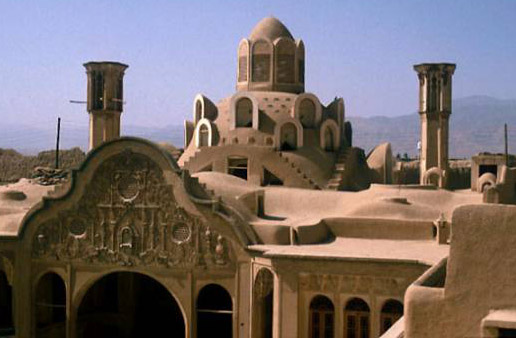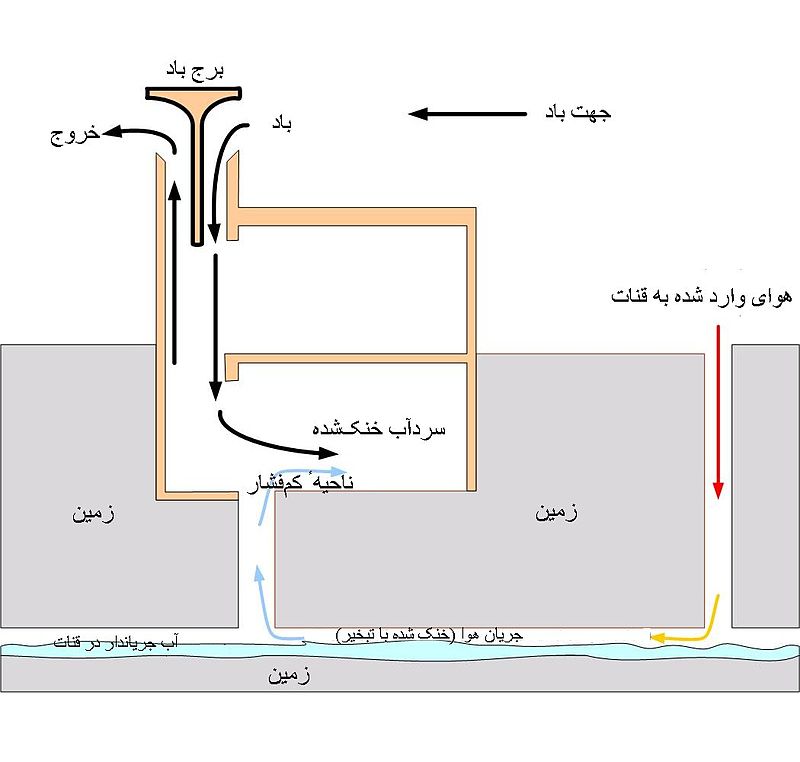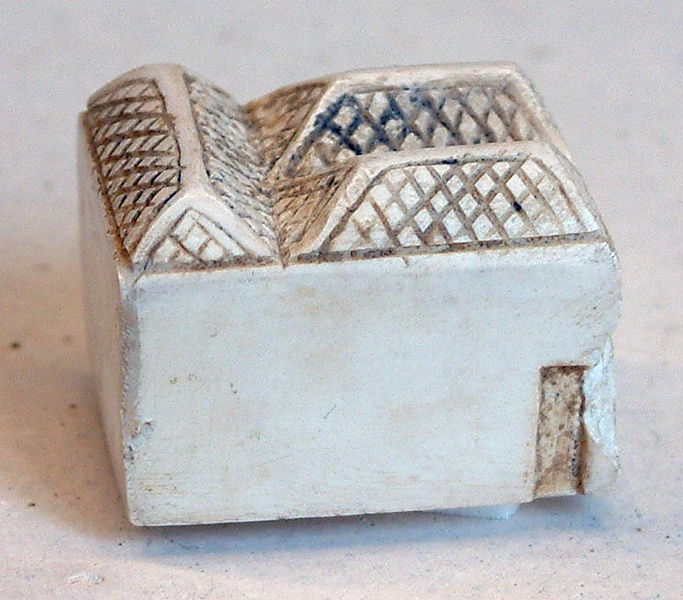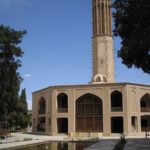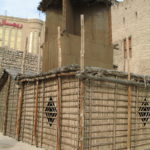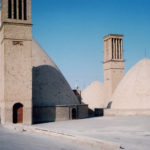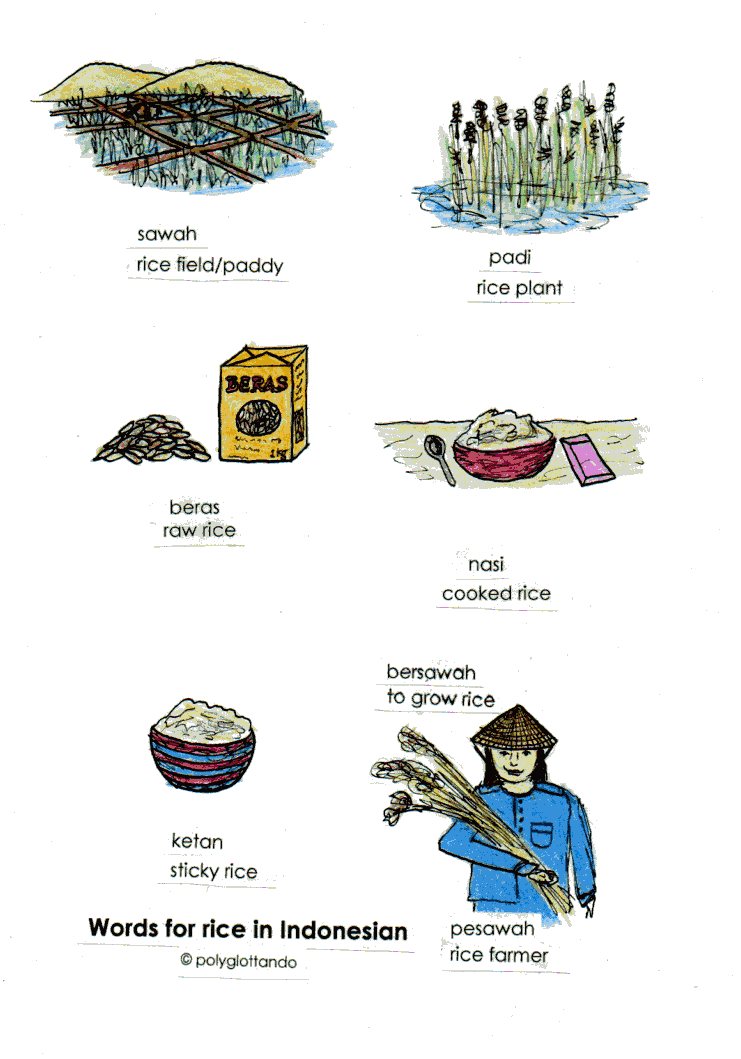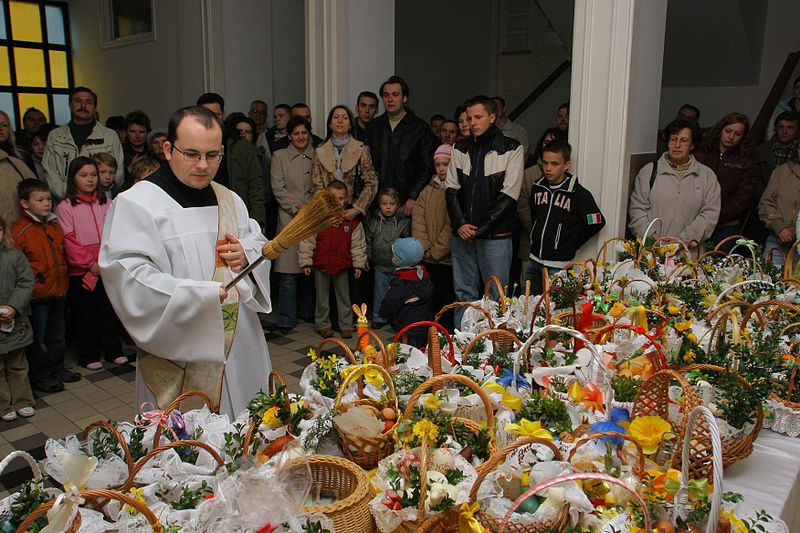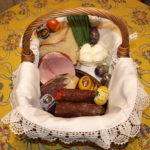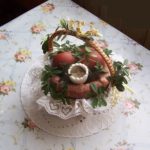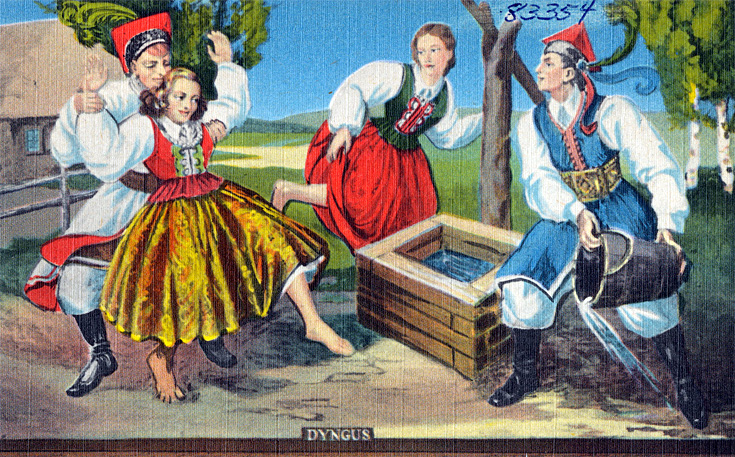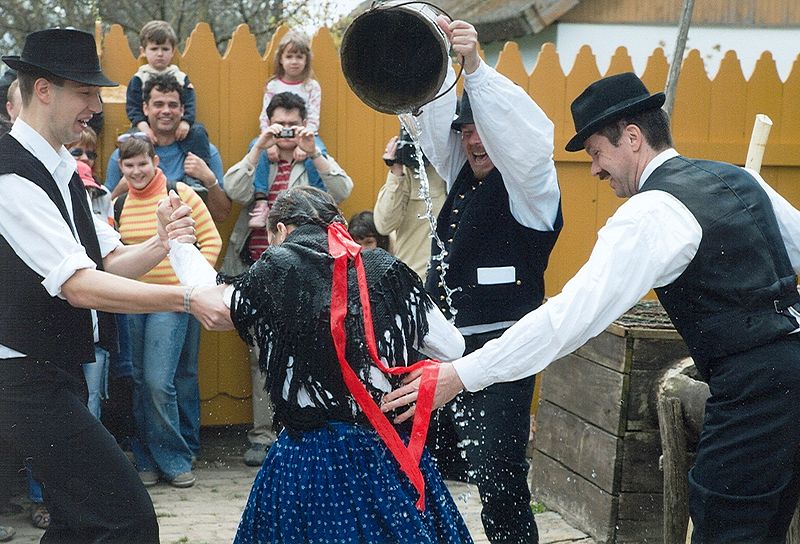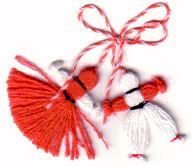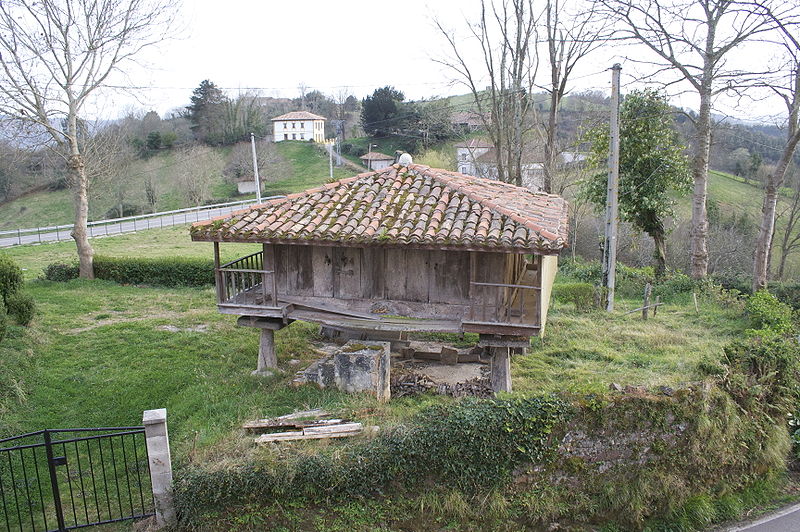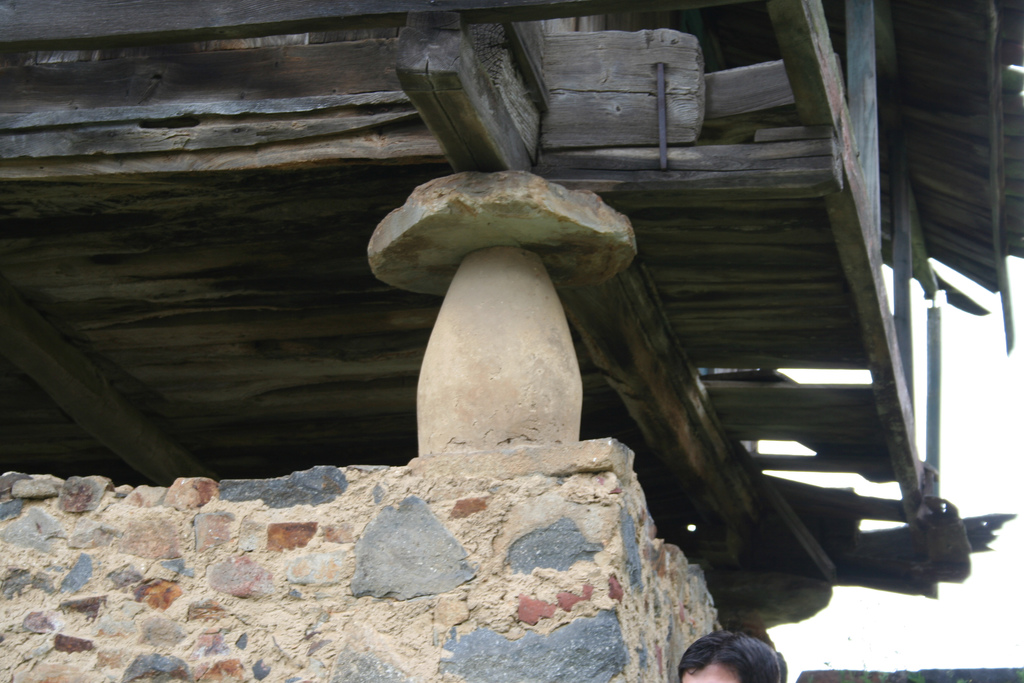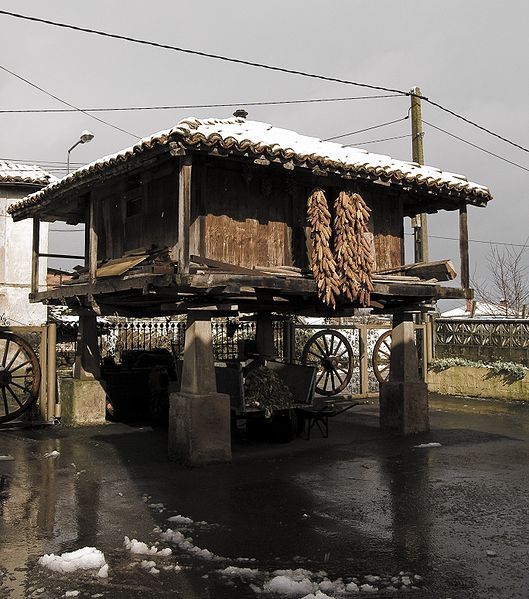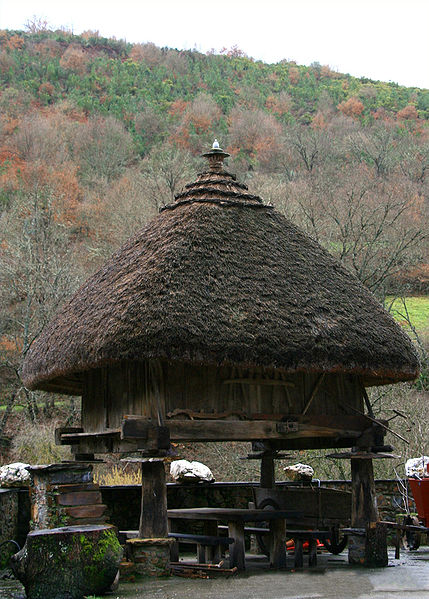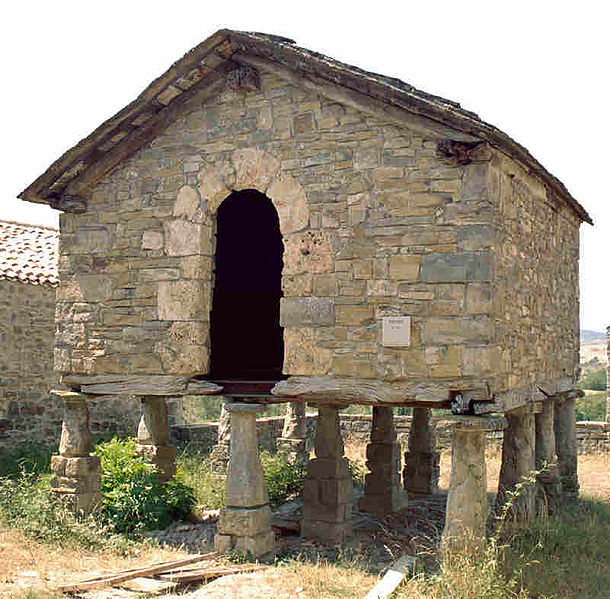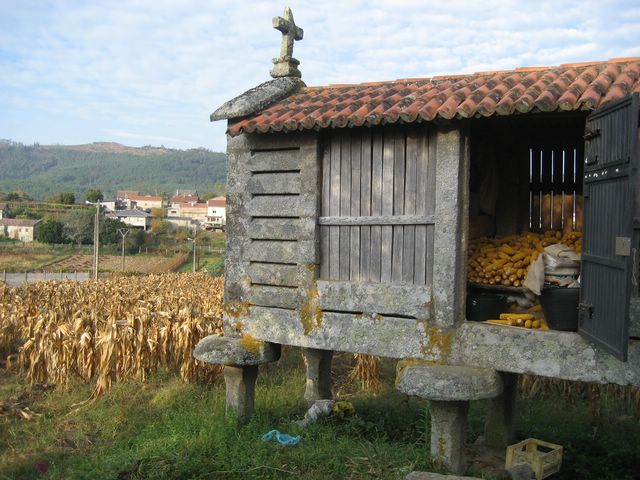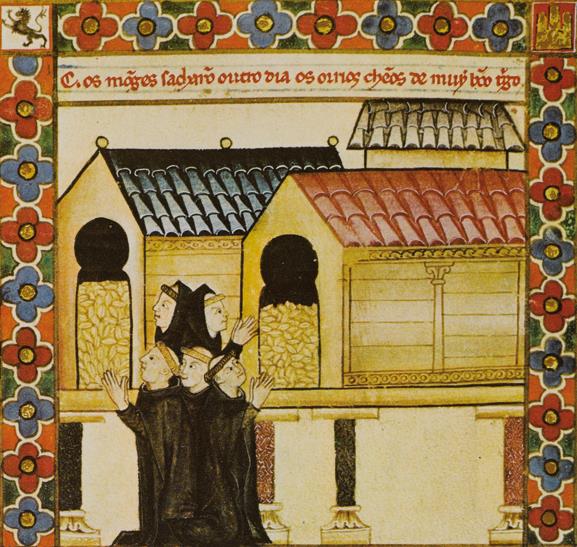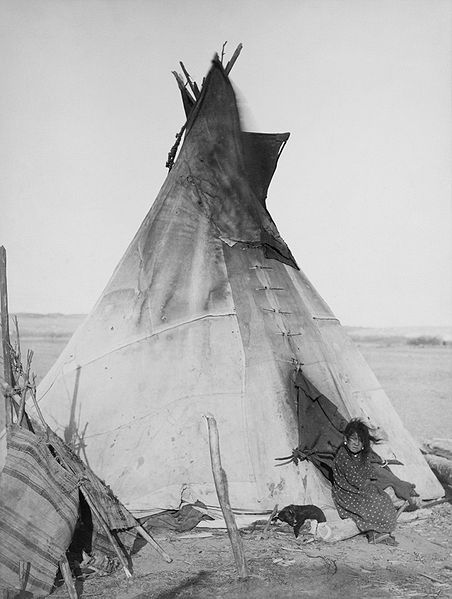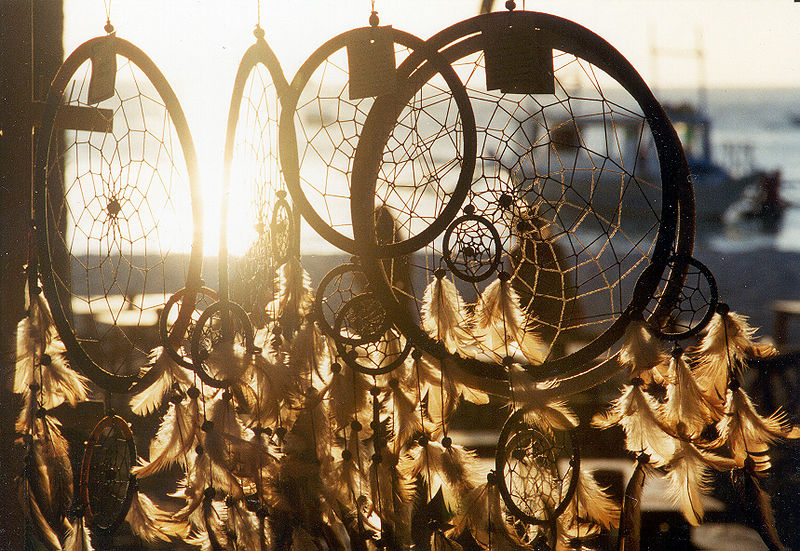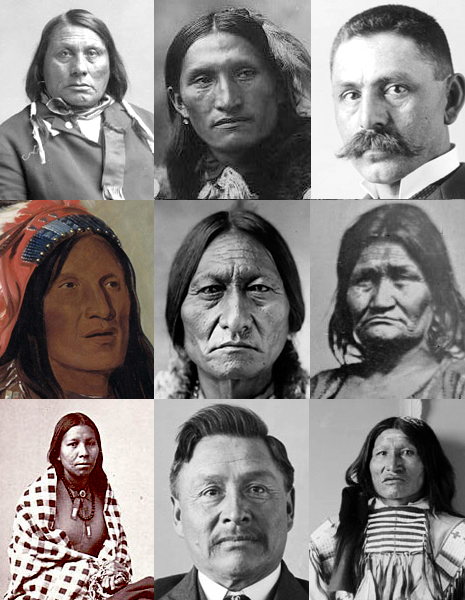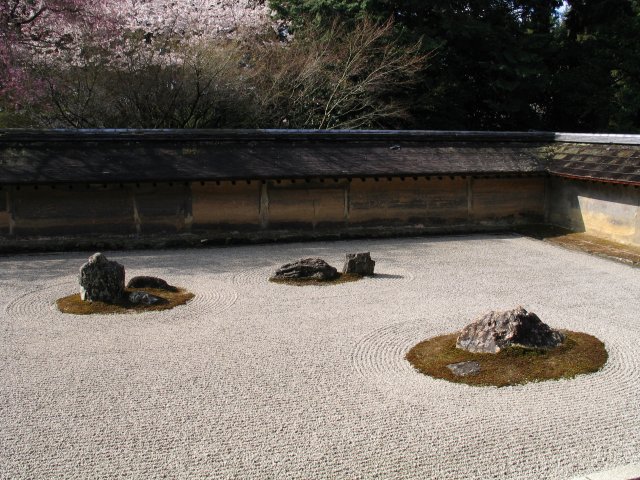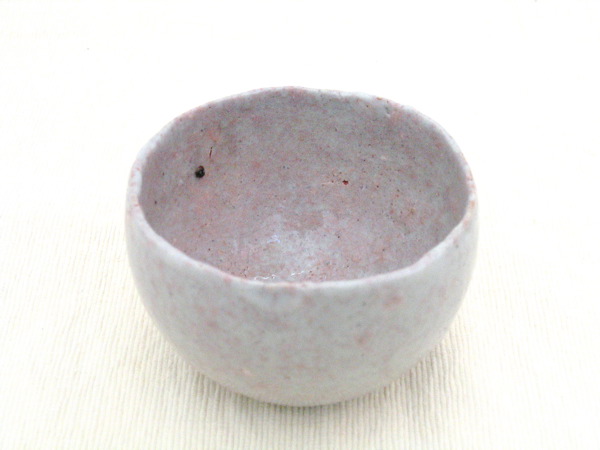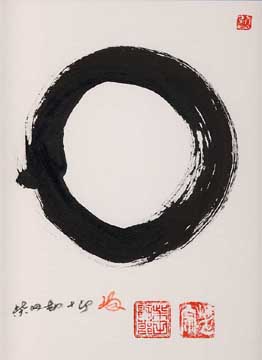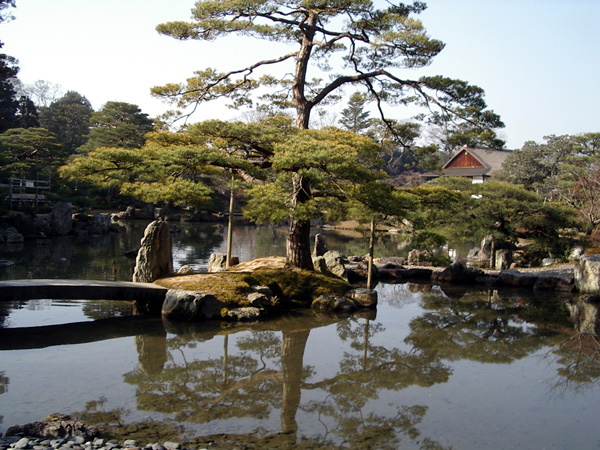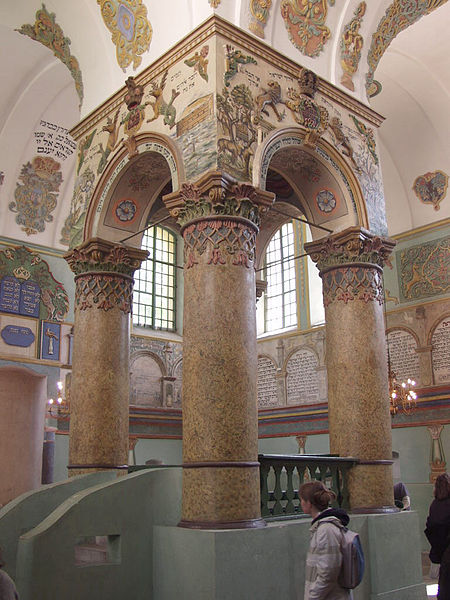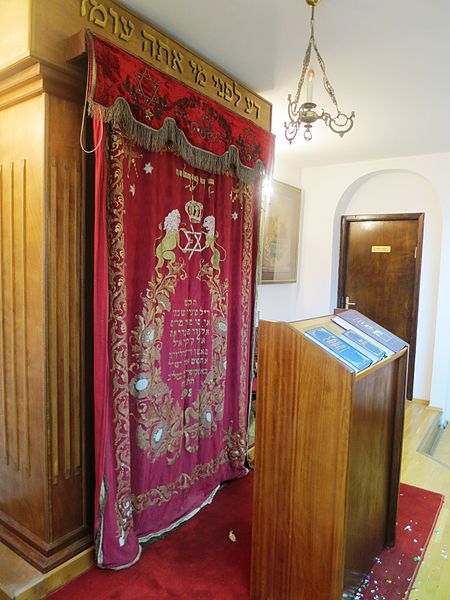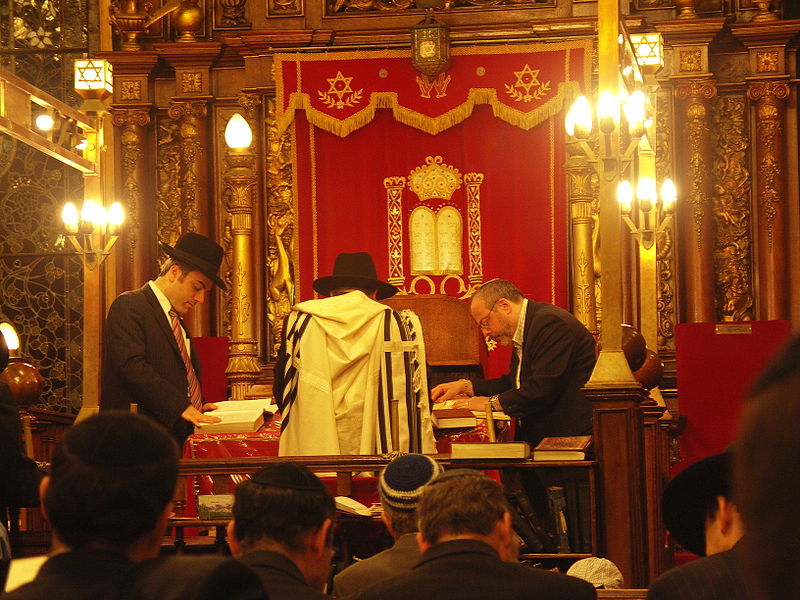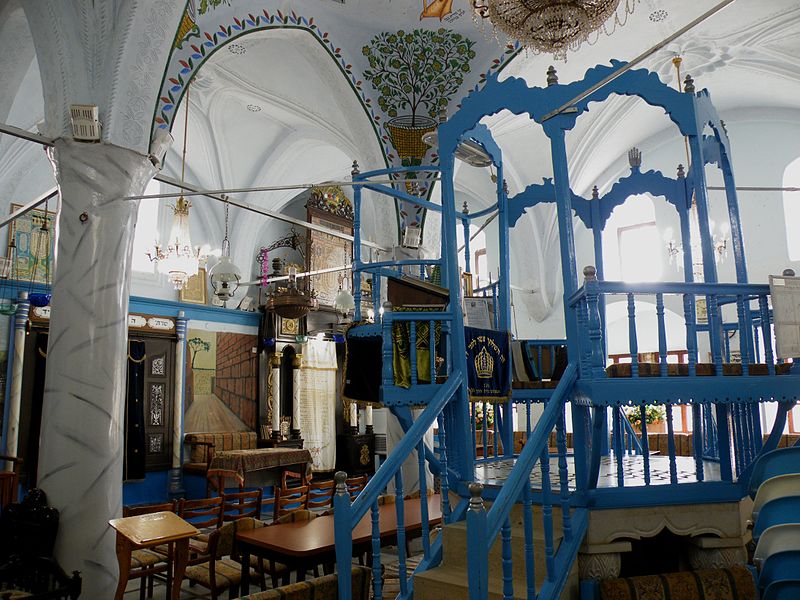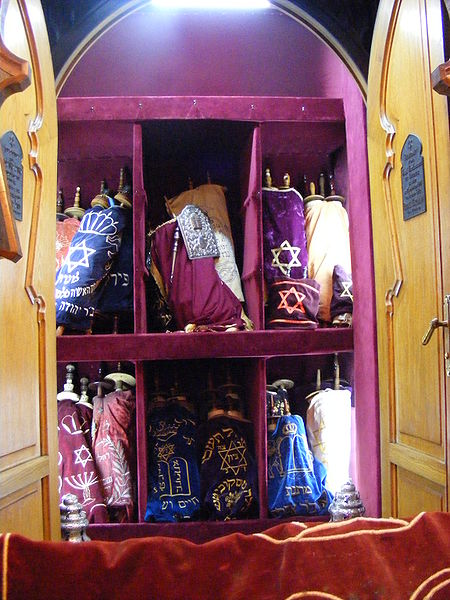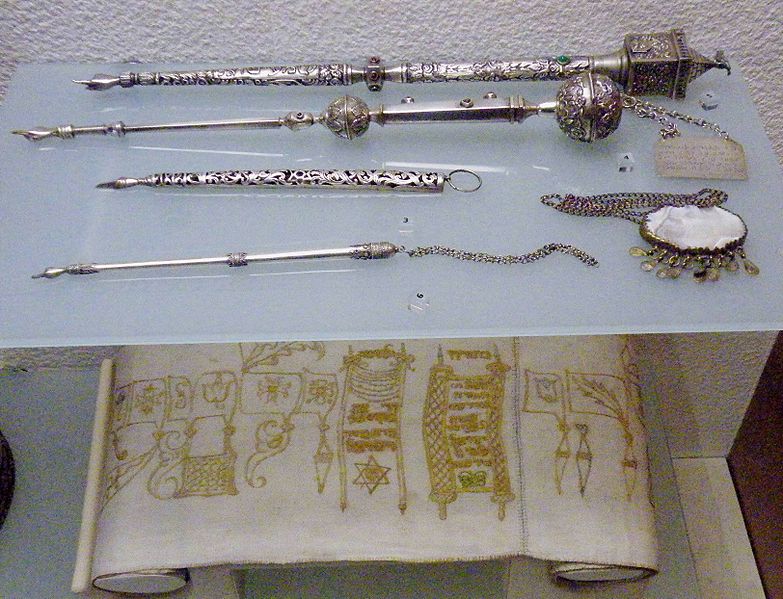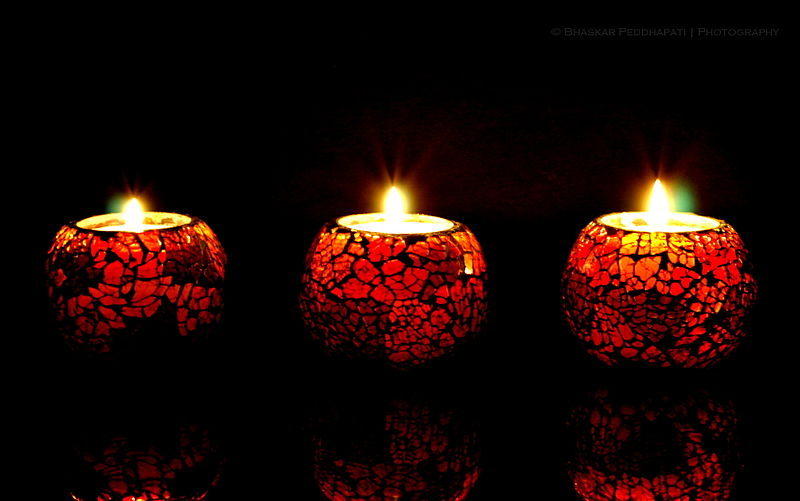
Author: peddhapati via Wikipedia Commons
Today’s blog post is taking us to South Asia and to the Indian festival of Diwali (or Deepavali दीपावली, the “festival of lights”) which is celebrated at the end of the Hindu lunar month of Ashvin (आश्विन) and the start of the month of Kartika (कार्तिक), which begins with the new moon in November. Diwali is not only celebrated in India, but also in the Indian diaspora all over the world and is a public holiday in India, Nepal, Pakistan, Sri Lanka, Myanmar, Mauritius, Fiji, Trinidad and Tobago, Guyana, Suriname, Singapore, Malaysia and the Australian territory of Christmas Island.
Diwali is derived from the Sanskrit word Dīpāvali (from dīpa दीप, “light” or “lamp” and āvalī आवली, “series, line, row”), referring to a ‘row or series of lights’, because a central aspect of its celebration includes the display of lights around houses and temples and outside doors and windows.

Author: Ashish Kanitkar via Wikipedia Commons,
indoor decoration for Diwali
Deepavali dates back to ancient times and has its origins as a festival after the summer harvest in the month of Kartika (कार्तिक) . The festival is mentioned in Sanskrit scriptures, e.g. the Padma Purana पद्म पुराण and the Skanda Purana स्कन्द पुराण dating from around 750 -1000 CE, which are based on a core text from an earlier era.
Diwali is a five-day festival, which begins two days before the night of Diwali – the night of the new moon and therefore the darkest night – and ends two days later, but preparations for Diwali begin days or weeks in advance. In the weeks before Diwali night, people clean and decorate their homes and offices for the festivities, and it is also one of the biggest shopping seasons in the countries where it is celebrated. People buy new clothes for themselves and gifts for family members and friends, as well as special sweets, called mithai मिठाई, dry fruits and seasonal and regional specialties. Deepavali is one of the happiest holidays that brings family and friends together every year and it is also a period when children are told ancient stories, legends, and myths about battles between good and evil or light and darkness from their parents and elders.
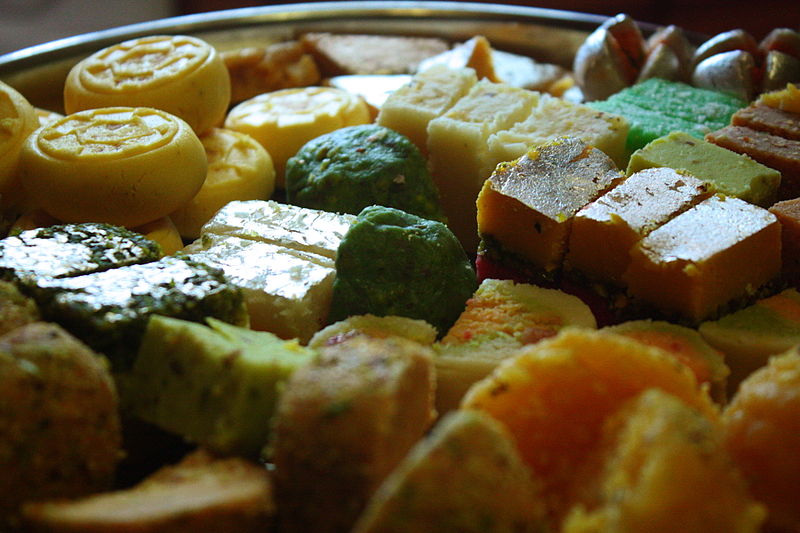
Author: robertsharp via Wikipedia Commons
Diwali sweets (mithai)
Diwali night, the night of the new moon and darkest night of autumn, is lit with diyas दीपक, candles and lanterns. A diya (also called divaa, deepa, deepam, or deepak दीपक) is an oil lamp, usually made from clay, with a cotton wick dipped in ghee घी or vegetable oils.The diyas are mentioned in the Skanda Purana स्कन्द पुराण to symbolically represent parts of the sun, the cosmic giver of light and energy to all life, who seasonally transitions in the month of Kartik.

Author: HPNadig via Wikipedia Commons
On Deepavali night, people dress up in new clothes or their best outfit, light up diyas (oil lamps and candles) inside and outside their home and participate in family puja पूजा (prayers), usually to Lakshmi लक्ष्मी, the goddess of wealth and prosperity. Afterwards, fireworks (patakhe) follow, then a family feast including mithai (sweets), and an exchange of gifts between family members and friends. However, there are significant variations in regional practices and rituals.
Another custom during Diwali is to create rangoli and other patterns on floors near doors and walkways as sacred welcoming areas for Hindu deities. Rangoli रंगोली, also known as kolam or muggu, is an Indian folk art in which patterns, often geometric but also representational ones, are created on the floor in rooms or courtyards using natural materials such as colored rice, dry flour, turmeric (haldi हल्दी), vermillion (sindoor सिन्दूर), colored sand, flower petals, charcoal, burnt soil or wood sawdust. Some major symbols are the lotus flower and its leaves, mangoes, fish, different kind of birds like parrots, swans, peacocks, and human figures and foliage. Some special patterns for Diwali also include Ganesha or Lakshmi. Many of these motifs are traditional and are handed down by the previous generations.

Author: Pon Malar via Wikipedia Commons
Rangoli made for Diwali
Deepavali is an important festival for Hindus. The name of festive days as well as the rituals of Diwali vary significantly among Hindus, based on where they live.
In many parts of India, the festivities start with Dhanteras धनतेरस (in the Northern & Western part of India). This includes the cleaning and decoration of the houses, as well as the creation of rangoli. This day also marks the birthday of Lakshmi – the Goddess of Wealth and Prosperity, and the birthday of Dhanvantari – the God of Health and Healing. On the night of Dhanteras, diyas are ritually kept burning all through the night in honor of these two deities.
The second day of Diwali is Naraka Chaturdashi नर्क चतुर्दशी on which rangoli are created, and in some regions people take a ritual fragrant oil bath, and participate in minor pujas (prayers).
The main festivities of Deepavali are on the third day, with people wearing their best outfits, feasting and fireworks at night. (see above)
It is also the day on which Lakshmi Puja लक्ष्मी पूजा – prayers to the goddess Lakshmi – take place, since Lakshmi is believed to roam the earth on Diwali night. On the evening of Diwali, people open their doors and windows to welcome Lakshmi, and place diya lamps on their windowsills and balcony ledges to invite her in. On this day, also mothers are recognized by the family as they are seen to embody a part of Lakshmi, and of the good fortune and prosperity of the household. Diyas are also set adrift on rivers and streams. The day is also an occasion to recognize relationships and friendships by visiting relatives and friends and through the exchange of gifts and mithai (sweets).
The fourth day of the festivites is known as Diwali Padva or Bali Pratipadā बालि प्रतिपदा and is dedicated to the wife–husband relationship, in which spouses exchange gifts.
The Diwali festivities end with Bhai Dooj भाई दूज (“Brother’s second”), which is dedicated to the sister–brother bond, on the fifth day. The day emphasizes the love and lifelong bond between siblings: women and girls get together to perform a puja (prayers) for the well-being of their brothers, and afterwards they have a sumptuous feast with their brothers.
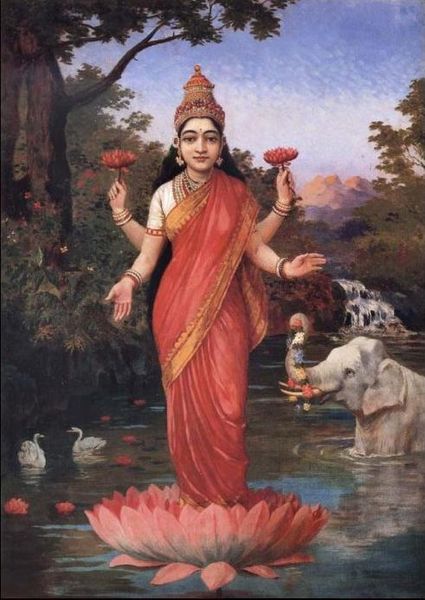
Deepavali is also linked to the celebration of Lakshmi, the goddess of wealth and prosperity, and wife of the god Vishnu. Deepavali begins on the day Lakshmi was born from the churning of the cosmic ocean of milk by the gods and the demons; the night of Deepavali is the day Lakshmi chose Vishnu as her husband and then married him. Along with Lakshmi, devotees make offerings to Ganesha who symbolizes ethical beginnings and is a fearless remover of obstacles; Saraswati who symbolizes music, literature and learning; and Kubera who symbolizes book keeping, treasury and wealth management.

Author: nkjain via Wikipedia Commons
रंगबिरंगी रंगोली पर सजा, तेल का जलता हुआ दीया।
Burning oil lamp on a colourful rangoli designed on Diwali.
